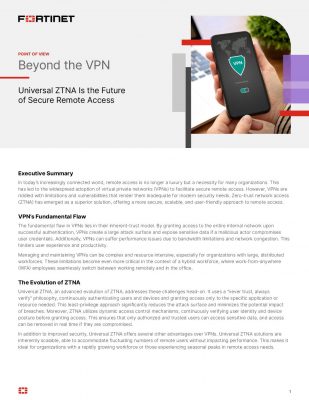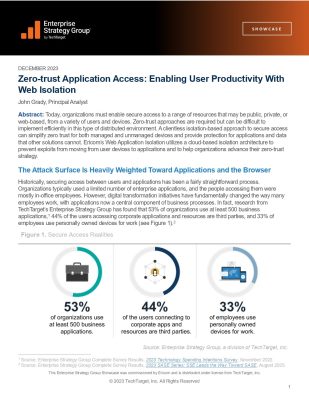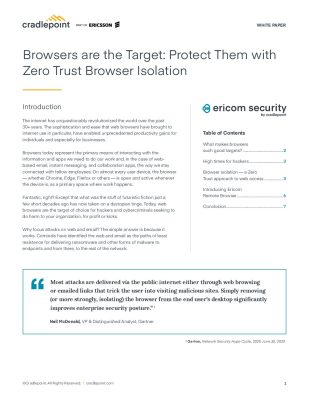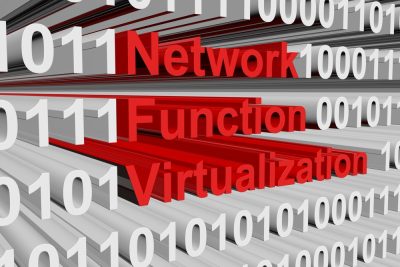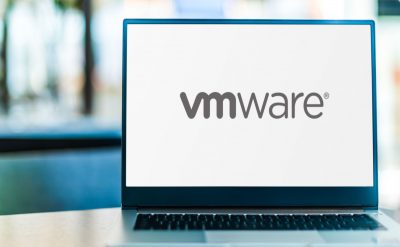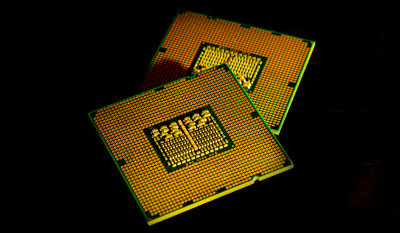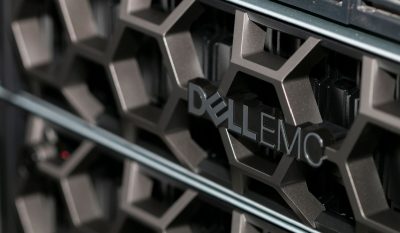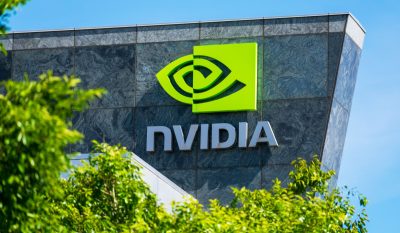Highlights:
- NFV enables decoupling communication services from dedicated hardware, such as routers and firewalls.
- Unlike physical appliances necessitating purchase, configuration, and consuming space, power, and cooling, NFVs operate on standard servers with significantly lower resource requirements.
In the era where digital connectivity is paramount, network function virtualization (NFV) stands at the forefront, reshaping the landscape of modern IT infrastructure. The exponential growth in data consumption and the demand for dynamic, scalable, and cost-efficient networks have propelled the evolution of NFV, revolutionizing how networks are designed, deployed, and managed.
What is Network Function Virtualization?
Network functions such as firewalls, load balancers, routers, and switches were traditionally housed in dedicated hardware appliances. However, NFV introduces a paradigm shift by decoupling these functions from proprietary hardware and encapsulating them into software. This transition allows virtual network functions to run on standard commercial off-the-shelf (COTS) hardware, virtual machines (VMs), cloud, and containers.
Born from a collaborative effort within the telecommunications industry, NFV’s history traces back to the early 2010s, aiming to revolutionize network architecture by virtualizing traditional hardware-based functions.
History of Network Function Virtualization
The inception of NFV standard was introduced by the European Telecommunications Standards Institute (ETSI) during the OpenFlow World Congress in 2012. This initiative involved a collaboration among major service providers such as AT and T, China Mobile, BT Group, and Deutsche Telekom, among others. These stakeholders sought avenues to expedite the implementation of network function virtualization services.
Previously, introducing new managed network services involved a cumbersome process that demanded additional physical hardware, space, and power. With escalating energy and space expenses and a decline in the availability of proficient networking hardware engineers, the ETSI committee sought a solution to virtualize network functions.
NFV addresses both issues by obviating the necessity for physical space for hardware appliances and reducing the need for intricate expertise in the configuration management of these functions.
Understanding the evolution of the network function virtualization infrastructure leads to acknowledging its imperative role in addressing the contemporary need for scalable, agile, and cost-effective virtualized networks.
Need for Network Function Virtualization
NFV enables decoupling communication services from dedicated hardware, such as routers and firewalls. This decoupling empowers network operations to dynamically introduce new services without requiring new hardware installations.
Implementing network components through network function virtualization architecture significantly reduces deployment time from months, as seen in traditional networking, to mere hours. Furthermore, virtualized services can operate on more cost-effective, generic servers rather than proprietary hardware.
Moreover, the rationale behind adopting NFV includes:
-
Usage-based payment
Analytical modeling for virtualized network functions with a pay-as-you-go approach can effectively cut costs as businesses pay only for the services they require.
-
Reduced reliance on appliances
Since NFV operates on virtual machines rather than physical ones, the necessity for numerous devices decreases, leading to lower operational expenses.
-
Scalability
Scaling the network architecture design using virtual machines is swifter, simpler, and doesn’t require acquiring additional hardware.
With its foundation rooted in virtualization technologies, NFV architecture orchestrates virtualized network functions as software-based entities, driving unparalleled flexibility and scalability in the dynamic digital landscape.
NFV Architecture
The foundational structure of NFV facilitates comprehensive automation for service providers across multiple levels. Key components within this architecture encompass:
-
NFV infrastructure (NFVI) building block
This element delivers the network virtualization layer (like hypervisors or container management systems such as Kubernetes) along with the physical computing, storage, and networking components essential for hosting VNFs. The NFVI is supervised by the virtual infrastructure manager (VIM), responsible for resource allocation for VNFs. Examples of VIMs include OpenStack and open-source solutions governing physical and virtual resources.
-
Virtual network functions (VNFs)
These software-based applications furnish various network services. Leveraging the NFVI’s virtualized infrastructure, VNFs integrate into the network to provide programmable and scalable services. VNF managers oversee the lifecycle of VNF instances and manage VNF software.
-
Management and orchestration (MANO)
MANO serves as the comprehensive virtual network function management and orchestration layer for VNFs within the NFV framework. It orchestrates the instantiation of network services by automating, provisioning, and coordinating workflows with VIMs and VNF Managers. MANO establishes connectivity between the NFV architecture and existing OSS/BSS systems.
The modular nature of NFV enables service providers to automate operations across these components, paving the way to simplify network management.
Embracing NFV not only simplifies network architecture but also unlocks a myriad of transformative benefits, revolutionizing traditional network operations.
Advantages of Network Function Virtualization
NFV revolutionizes the implementation of networking functions, traditionally reliant on specialized physical appliances, by transitioning them into software-based solutions. This transformation yields various advantages, including:
-
Cost reduction
Unlike physical appliances necessitating purchase, configuration, and consuming space, power, and cooling, NFVs operate on standard servers with significantly lower resource requirements. This notable merit comes from the remarkable network function virtualization advantages.
-
Swift deployment
NFVs, being software-based, facilitate rapid deployment and seamless updates, contrasting the more laborious and time-consuming process of initial deployment and updates for cyber-physical systems.
-
Automation compatibility
Another network function virtualization benefit serves as a software entity. NFVs offer programmable configurations and management, empowering organizations to leverage automation for swift and scalable configuration changes or widespread updates.
-
Enhanced flexibility
NFVs, being software-driven, flexibly scale up or down by adjusting allocated resources. Unlike physical appliances requiring additional units for increased capacity in fixed sizes, NFVs offer elastic scalability.
-
Reduced vendor dependency
While physical security appliances may create vendor lock-in due to switching complexities, the dynamic network function virtualization, adaptable to various hardware, empowers organizations to select hardware tailored to their specific needs without vendor constraints.
Despite contributing to the network virtualization in the modern data ecosystem, NFV is not devoid of its own set of hurdles. From interoperability concerns to security complexities, NFV implementation poses multifaceted challenges that demand strategic resolution.
Challenges of Network Function Virtualization
The following NFV demerits require careful consideration and mitigation strategies:
-
Physical security measures exhibit limitations
Virtualizing network functions increases susceptibility to novel attacks compared to physically constrained equipment in data center operations.
-
Containing and isolating malware presents challenges
Malware finds traversing among virtual components housed within a single virtual machine simpler than between physically separated hardware components.
-
Reduced transparency in network traffic
Traditional traffic monitoring tools encounter difficulty in anomaly detection within network traffic among virtual machines, demanding more nuanced security solutions within the NFV architectural framework.
-
Intricate layers necessitate diverse security approaches
The inherent complexity of network function virtualization environments, comprising multiple layers, poses challenges in applying overarching security policies capable of adequately securing these diverse layers.
Takeaway
Network function virtualization has emerged as a transformative force, enabling networks to become more agile, scalable, and cost-effective. Embracing NFV allows organizations to unlock new possibilities in network infrastructure, paving the way for a more connected and sustainable digital future. As the technological landscape continues to evolve, NFV stands poised to revolutionize how we perceive and harness network capabilities.
Dive deep into our extensive collection of networking–related whitepapers to enhance your knowledge and expertise.




